Aruba’s new cloud service combines PaaS models (Platform as a Service) e CaaS (Container as a Service) providing concrete help for the creation of infrastructures of any size, reliable and scalable to host your applications and manage them throughout their entire life cycle. A rich man marketplace allows you to install many commonly used preconfigured packages. Let’s see what Aruba’s Jelastic Cloud is for and what are its most frequent uses.
The cloud helps developers, professionals and companies to “free themselves from the iron” and concentrate on what is most important, i.e. the configuration of a reliable infrastructure, always available (the “downtimes”, the need to physically manage the networking equipment and server hardware components) and, above all, on the aspects related to the functioning of web services and applications. Thanks to the cloud it is easy to set up load balancer and centralized backup activities using the resources and network bandwidth made available by the provider: How to migrate content between different providers. Towards the multi-cloud.
But there is cloud and cloud. Aruba recently presented the new Jelastic Cloud offer that revolutionizes the way applications are installed, configured and managed.
As we have seen in the article Jelastic Cloud of Aruba: the advantages of Container as a Service, Jelastic Cloud di Aruba represents a clear step forward compared to traditional cloud solutions thanks to the use of a container-based technology.
What can be done with Aruba’s Jelastic Cloud and which ones are most frequently used
When setting up a cloud server you need to select a templateset its characteristics and configuration, choose the operating system to load, configure the server components also taking into due consideration the aspects related to security (especially if the machine can be reached on public IPs), move on to loading, setup and activation optimization of individual services and applications.
Then there is the problem of the frameworks, databases and development languages used: with some configurations, integrating different platforms and applications is an objective difficulty. So here’s what you try to solve by setting up multiple servers or setting up hybrid cloud configurations.
Aruba’s Jelastic Cloud (see this page) helps sweep away all these complications offering a platform that is highly available, highly scalable and capable of handling load balancing tasks without any problems.
Let’s summarize in points what is possible with a tool like Jelastic Cloud.
1) Host services and applications without worrying about the underlying hardware configuration thanks to a complete, versatile and highly scalable platform
Thanks to the use of containerization, Jelastic Cloud bases its operation on the use of “micro-instances” calls cloudlet: each of them works using 128 MB of RAM and 400 MHz of vCPU (virtual CPU).

Combining the cloudletit becomes very easy to size – on the basis of actual needs – your cloud environments while ensuring the maximum performance of the resources used without running into unnecessary waste (with an approach that is therefore convenient also from the point of view of economic investment).
With Aruba’s Jelastic Cloud, applications running on the platform can be scaled both vertically and horizontally: the use of resources (RAM and CPU) is automatically adapted to the request without any manual intervention and the user can still intervene on the number of cloudlet or nodes and on the servers used.
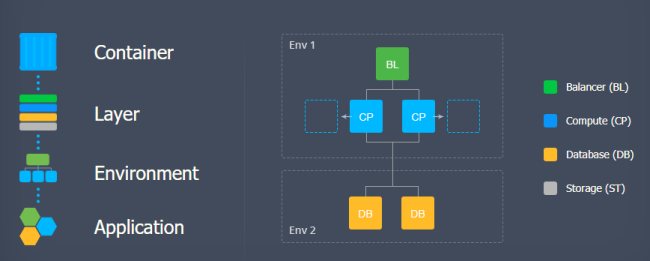
The topology of the application you wish to create or run on Jelastic Cloud can be freely defined using multiple cloudlets which, combined together, will compose one or more “environments”.
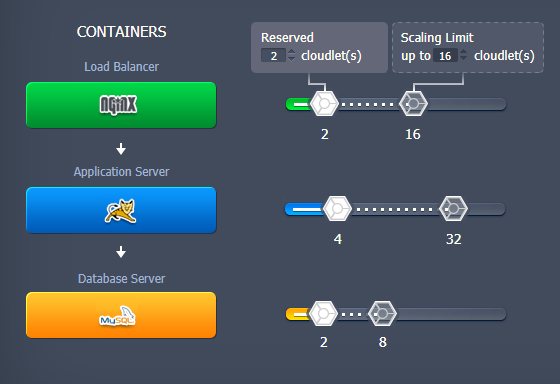
The Jelastic Cloud configuration panel is more eloquent than a thousand words: by clicking on the various icons you can configure them application server (with the possibility to choose between Apache, Java, Ruby, Pyhton, node.js, Go,…), databases (relational type therefore RDBMS such as MariaDB, MySQL and PostgreSQL or even “NoSQL” such as MongoDB, Couchbase and Redis ), caching system, load balancer.
Speaking of load balancing, by adding new servers (horizontal scalability), Jelastic Cloud will automatically activate, by default, NGINX.

The user has the ability to customize the versions of the software used, adjust variables and communication ports, upload Docker images.
The developer, the professional and the company can use Aruba’s Jelastic Cloud for any need, regardless of the type of application or service that needs to be put online.
2) Support for a large array of server components, development languages, frameworks, and stacks. A rich marketplace to install applications and software.
By visiting this page you can see the languages, server components, databases, stacks, frameworks and load balancers that Jelastic Cloud directly supports.
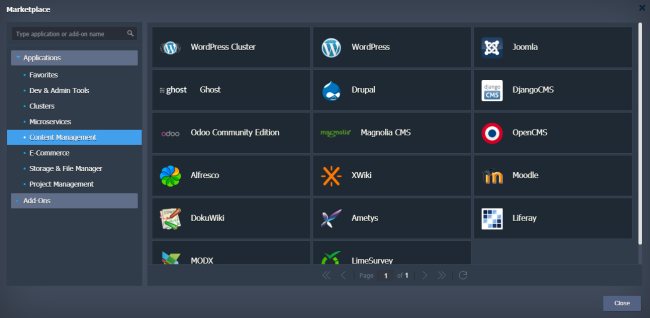
Not only. If until today, as mentioned at the beginning, it was necessary to manually configure each cloud server, thanks to the rich marketplace of Jelastic Cloud it becomes possible to install and configure the most requested web applications and services with just a few clicks from developers, professionals and companies as well as the universally most “popular” plug-ins.
3) Manage the entire life cycle of any application simply and immediately
Complex applications with highly customized logic and user interfaces take time to develop and formal practices must be followed to ensure they perform as intended and meet customer needs.
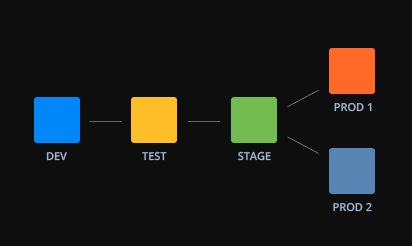
Even if you didn’t usually work on very complex projects, Aruba’s Jelastic Cloud enables developers and development teams of all sizes to build and test code without causing problems for end users.
The containerization-based approach we talked about earlier allows you to separate the interventions made on the applications from the versions “live” of the same avoiding causing problems of instability or even corruption of the data.
He tool Maven integrated in Jelastic Cloud helps to manage these needs without affecting the functioning of the application used in production.
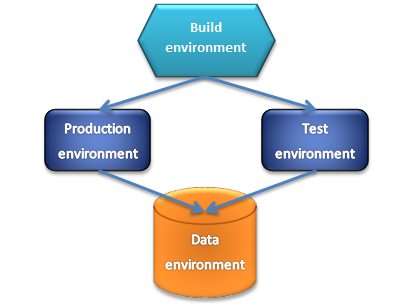
In this regard, Jelastic Cloud offers the possibility of setting different levels of access to the platform in order to facilitate the interventions of programmers, the quality team (QA) and the Ops team (IT operations), intermediary between users/clients and developers. But you don’t need to work for a company with hundreds or thousands of employees to appreciate the benefits of Jelastic Cloud: even small companies engaged in software development can better manage the workloads and workflows.
Finally, Jelastic Cloud users have the possibility to manage containers not only via web interface but also via SSH and open APIs. In this way it is possible to quickly manage the running applications and services using the commands specific to each operating system, therefore from the command line or by creating an interface custom which communicates with Jelastic Cloud using the API.
For more information, you can refer to Aruba official page dedicated to Jelastic Cloud.
